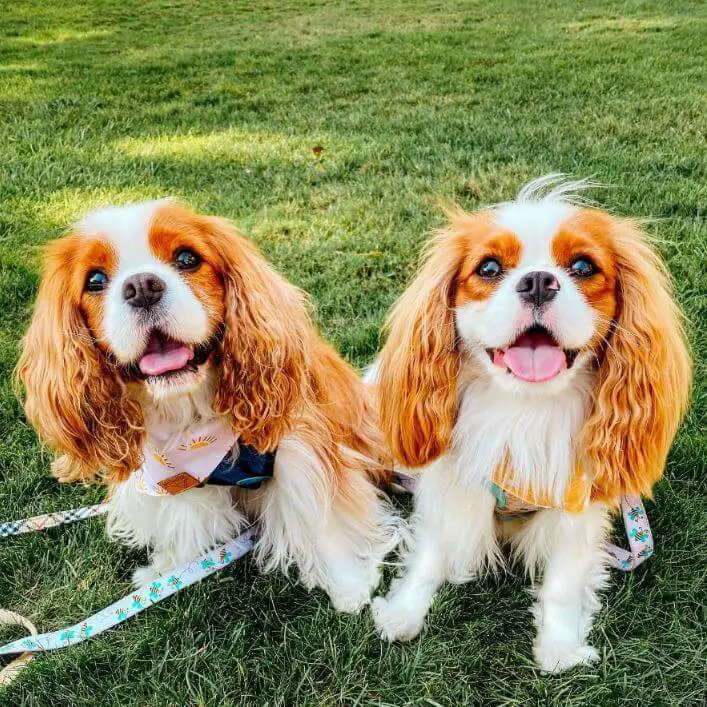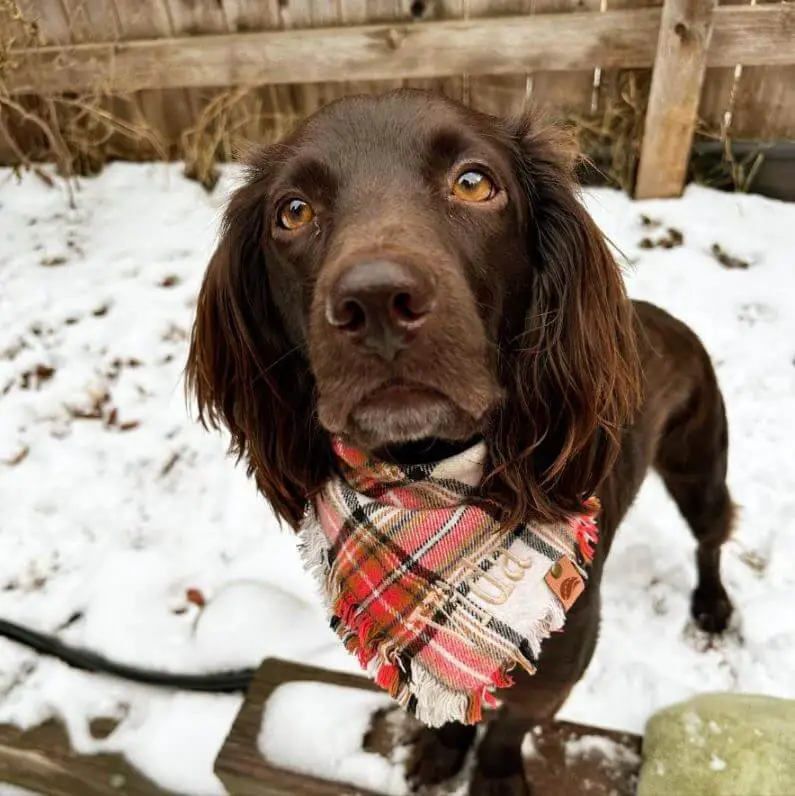Essential oils have gained popularity for their various therapeutic benefits in humans. But when it comes to using essential oils around our furry companions, pet owners need to exercise caution. In this article, we’ll explore the safety of essential oils for dogs and provide guidance on how to use them responsibly while ensuring the well-being of your canine friend.

Understanding Essential Oils:
Essential oils are highly concentrated extracts from plants, and they are known for their aromatic and therapeutic properties. These oils are commonly used in aromatherapy and for various wellness purposes in humans.
Safety Concerns for Dogs:
While essential oils can offer benefits to dogs, there are important safety considerations to keep in mind:
- Essential Oils Can Be Toxic: Some essential oils can be toxic to dogs. The canine olfactory system is highly sensitive, and their metabolic systems process substances differently than humans. Therefore, even oils deemed safe for humans can be harmful to dogs.
- Dilution Matters: The concentration of essential oils is crucial. Never apply undiluted essential oils directly to your dog’s skin or fur. Always dilute them with a carrier oil, and consult with a veterinarian for appropriate dilution ratios.
- Ingestion Risks: Dogs may ingest essential oils when they groom themselves. Ingesting certain oils can be harmful, so take care when using oils around your pet.
- Allergic Reactions: Just like humans, dogs can have allergic reactions to essential oils. Always monitor your dog for signs of irritation or discomfort.

Essential Oils Considered Safe for Dogs:
While many essential oils should be avoided, some are considered safe when used responsibly and under the guidance of a veterinarian. These include:
- Lavender
- Chamomile
- Frankincense
- Cardamom
- Ginger
Tips for Using Essential Oils Safely:
- Consult Your Veterinarian: Before using any essential oils with your dog, consult your veterinarian to ensure they are safe and suitable for your pet’s specific needs.
- Dilute Properly: If your vet approves the use of essential oils, dilute them correctly with a pet-safe carrier oil.
- Diffusion and Inhalation: Using a diffuser is often a safer way to introduce essential oils to your dog. Ensure the diffuser is in a well-ventilated area, and observe your dog’s reaction.
- Topical Application: If applying oils to your dog’s skin is necessary, use extreme caution and follow your vet’s guidance. Avoid the face, mouth, eyes, and genital areas.
- Monitor for Reactions: Watch your dog for signs of discomfort, such as excessive scratching, sneezing, or coughing. If these occur, discontinue use immediately.

Essential oils can offer benefits to dogs when used safely and responsibly, but they can also pose risks if misused. Always consult with your veterinarian before introducing essential oils to your dog’s routine. By following their guidance and using essential oils cautiously, you can help ensure that your furry friend enjoys the potential benefits without any adverse effects on their health and well-being.
